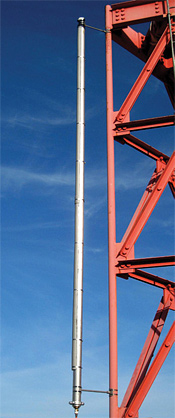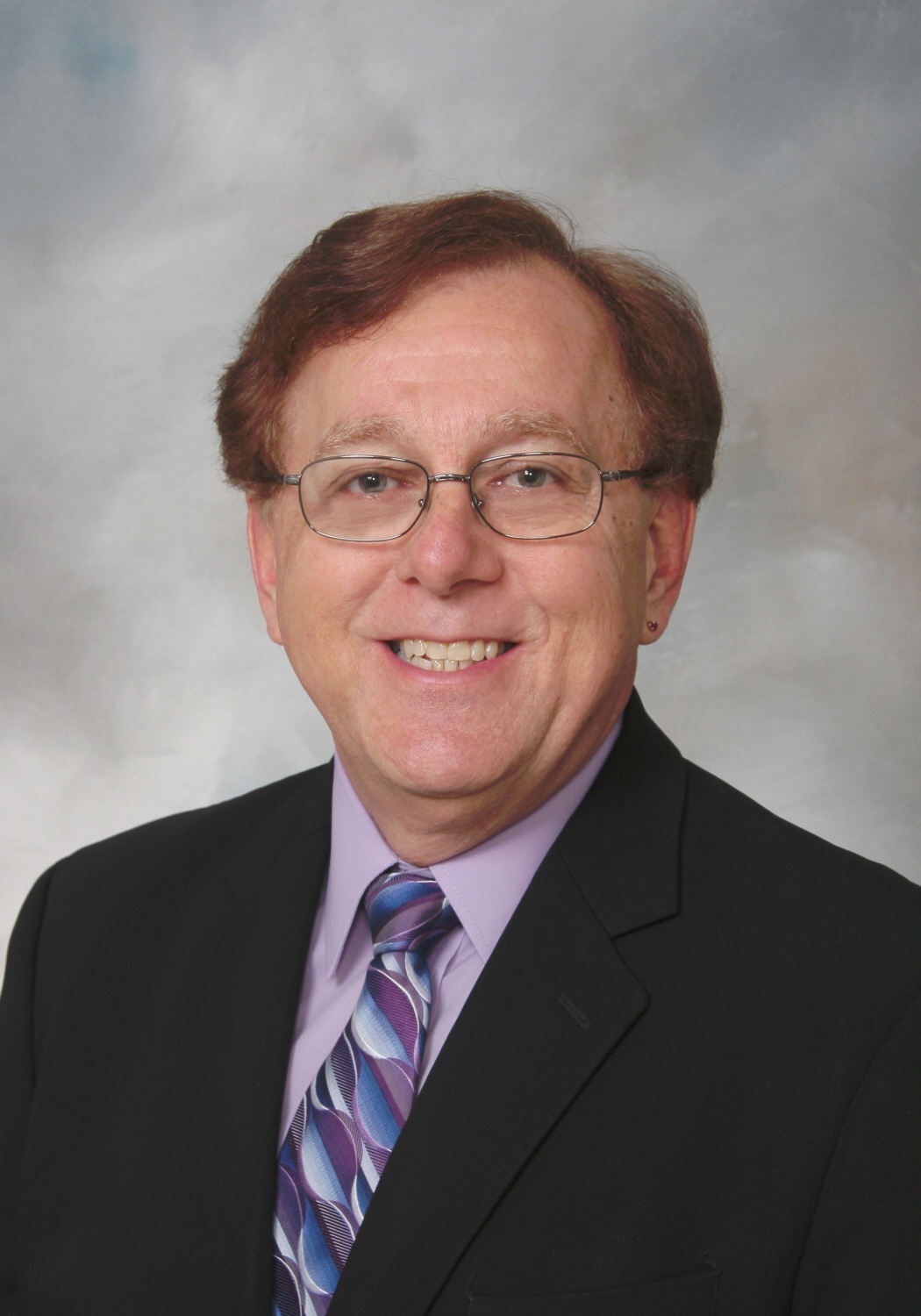LPTV Transition Seeks Higher Power
JOHNSTON, IOWA—As if the world of terrestrial broadcasting wasn't already confused enough, on July 15 the FCC released the Second Report and Order to establish rules for the conversion of low-power television, television translators and television booster stations to digital operation. Not to denigrate or elevate any facility, for the sake of clarity, I am going to call all of these facilities low power.

SPX offers several Dielectric LPTV antennas for LPTV stations looking for more reliable signals from their limited power. The R&O establishes Sept. 1, 2015 as the hard deadline for the termination of all analog low-power television facilities. On the surface that would appear to give licensees of these low-power stations about four years to get things squared away, but it is not quite that simple. If the low-power facility happens to be out of core (channel 52-69) the timeline is much shorter. As a matter of fact, if you are reading this and have one or more of those analog facilities, you have already missed the Sept. 1, 2011 deadline to submit a displacement application and those facilities will need to cease operation by Dec. 31, 2011. Interestingly enough, while researching this article I noted that there are almost 100 digital low-power facilities in the out-of-core category and I assume these facilities will also have to move into the core.
POWER LIMITS
Another interesting change that is described in the R&O is the increase of the power limit for VHF facilities from 300 watts to 3 kilowatts. Most digital full-power stations operating in the VHF band have recognized that the original effective radiated power that was provided by the FCC for theoretical replication fell short of what was happening in the real world. Most, if not all took steps to maximize or modify their facilities to achieve better coverage.
I am beginning to see this already in the low-power world as a number of low-power VHF facilities have begun to file for 3 kilowatt modifications. I ran some preliminary studies on a random sampling just to see what kind of improvement would occur. The first one was a Channel 2 facility that is currently licensed at 300 watts with an application to increase power to 3 kilowatts that has been accepted for filing. Based on my very basic coverage study, the licensee will see population service increase of about 10.7 percent. Increasing effective radiated power by a factor of 10 to gain a population increase of about 11 percent might not make sense in some areas but this facility is in New York City and the 11 percent population increase is a little over 1.5 million potential viewers and the increase may help with indoor reception.
At the other end of the scale I looked at an analog low-power translator on Channel 13 that has a CP to flash cut to digital at a site about 5 miles west of their analog location with an increase in height above average terrain of about 80 meters. Their CP also included maximizing their digital ERP to 300 watts. They now have an application to increase their digital power at the new location to 3 kilowatts. This facility is in Texas and given the relatively flat terrain, the increase in HAAT and 300 watt ERP offered a significant increase in coverage area compared to their original analog facility. Based on their original CP, they were increasing their potential audience by almost 150 percent over their analog facility. The 3 kilowatt application, if granted, would offer about a 20-percent increase in potential population over the CP and an almost 200-percent increase over their original analog facility, not to mention the improvement in real-world reception that may occur for indoor and other less than optimum receive antenna conditions.
Based on this small sample and the potential gains in coverage it is quite likely that we will see a number of applications for increased power coupled with the low-power digital transition. We did that at IPTV when we converted our eight translators to digital several years ago and the result has been improved service to the smaller communities and rural areas served by these facilities.
30-MILE RULE
Another change is that the 30-mile rule that applied to digital displacement applications is now extended to cover all low-power modification applications. The old rule allowed for the relocation of a translator as a minor modification as long as there was some overlap in the original service contour and the proposed service contour. Although this was certainly better than the old days when translators could be moved to anywhere in the continent as a minor modification, it is still quite common to see minor modifications that provide some minimal overlap with the original coverage while the new non-overlapping service covers a completely different population center.
I examined one analog facility in Mississippi that had a CP to move approximately 16 miles east of their original location and increase their analog ERP to 300 watts. The population served increased by a factor of 6. However the contour overlap was an area of approximately 0.27 miles and had no population. In that particular case, a new location would serve virtually none of the existing population or the community of license. Interestingly, it appears that it would not have violated the 30-mile rule either. They now have an application for 3 kilowatts from the new location that restores service to the community of license.
What makes all of this so intriguing is that it is going on against the backdrop of potential changes in television broadcast spectrum and the broadband plan. Out-of-core low-power facilities have to move in-core in very short order and yet we continue to hear the rumblings about pulling more spectrum out of the television broadcast band as part of the broadband plan.
Even without the plan going into effect the FCC has already started work on removing Channel 51 from the core. It is hard to make strategic decisions under such conditions of uncertainty.
Bill Hayes is the director of engineering for Iowa Public Television. He can be reached via TV Technology.
Get the TV Tech Newsletter
The professional video industry's #1 source for news, trends and product and tech information. Sign up below.
Bill Hayes is the former director of engineering and technology for Iowa PBS and has been at the forefront of broadcast TV technology for more than 40 years. He’s a former president of IEEE’s Broadcast Technology Society, is a Partnership Board Member of the International Broadcasting Convention (IBC) and has contributed extensively to SMPTE and ATSC. He is a recipient of Future's 2021 Tech Leadership Award and SMPTE Fellow.

